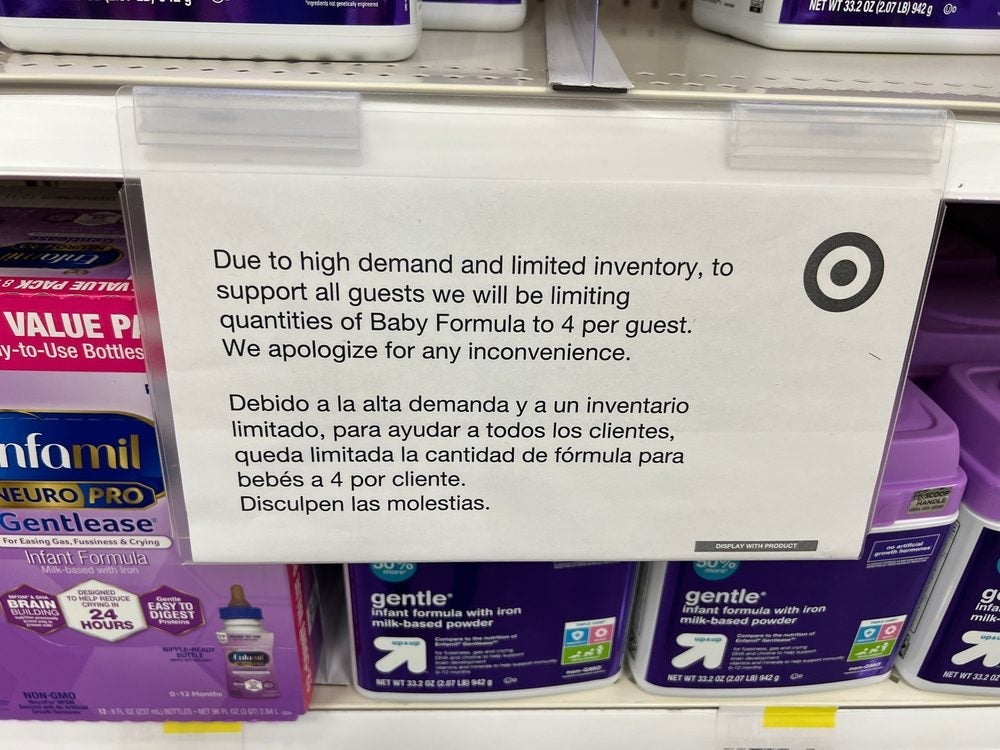Despite all the hype about its impending death, direct mail still pulls, even if the medium is not quite as big as it once was. According to the Direct Marketing Association’s annual response rate report, response rates for direct mail sent to house files ranges from 3.4% for letters up to nearly 4.3% for catalogs.
And that’s more than 30 times the rate of email (0.12%).
This is not to say that direct mail response is a good as it once was: response rates have fallen 25% over the past nine years, the report says. In addition, direct mail does cost a lot to produce and email yields a higher return on investment than direct mail (28.5% vs. 7%), the report says.
Is this finding about direct mail entirely a function of changing consumer buying practices? Does it mean that–as ecommerce grows–it's harder to know how much direct mail is used to generate buying and how much direct mail it serves as a traffic driver to web sites?
Or could this finding serve as an indicator of the economy as a whole?
Maybe a little bit of each.
There’s lots of evidence that the economy has not rebounded both overall and for direct marketing in particular. One need go no farther than to look at the prices of lists—both postal and email– which have been steadily falling since the beginning of the fiscal crisis in 2008.
Obviously, the continued viability of direct mail depends on what happens to the U.S. Postal Service, which lost $3.2 billion for the quarter ended Dec. 31. This viability also depends on how much the postal service can cut costs so mailers can continue to rely on it.
At present, Congress is still divided on how to reform the USPS and many observers don’t think anything meaningful will happen before this November’s election.
No matter what happens, the DMA report shows clearly that direct mail still pulls in responses even in a digital world.
 Network
Network

